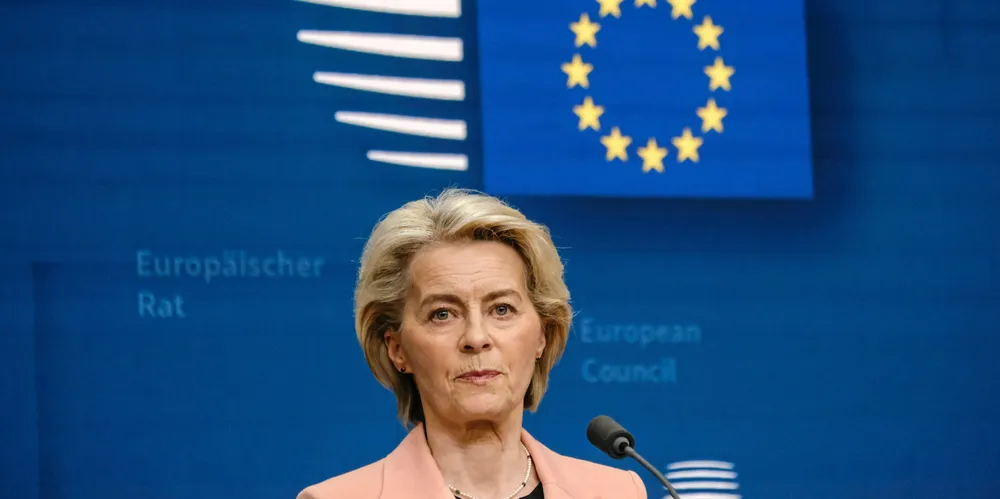Europe 'likely to miss' 2030 targets for green hydrogen production and electrolyser capacity: EU agency
ACER warns that grey H2 still makes up 99.7% of hydrogen consumed in Europe and is three to four times cheaper to produce

Europe is well off-track for its 2030 targets for 20 million tonnes of renewable hydrogen consumption and 100GW of installed electrolyser capacity, according to a new market monitoring report by the European Union Agency for the Cooperation of Energy Regulators (ACER).
Meanwhile, ACER tracks roughly 22,000 tonnes of green hydrogen was produced from dedicated electrolysis in the same year, which it points out is “negligible”.
Similarly, only around 200MW of electrolysers have been installed in Europe, with another 1.8GW of capacity under construction and expected to start up by the end of 2026.
Another 60GW of electrolyser capacity which could be operational by 2030 is still waiting on a final investment decision.
However, ACER warns that these projects could be at risk due to uncertainties around demand for renewable hydrogen and cost of production.
Part of the problem is that the EU’s member states have set their own varying targets for renewable hydrogen production, use and infrastructure, in a way that lacks alignment with the EU’s overall target of 20 million tonnes of consumption and 10 million tonnes of domestic production by 2030.
The agency cites data from S&P Global, which calculates that while steam methane reforming costs less than €3/kg based on gas prices since 2023, with carbon capture adding less than €1/kg to that cost, electrolysis using grid electricity as of September 2024 would cost €6/kg.
The EU agency warns that plans for hydrogen pipelines and storage facilities are built around targets for future demand rather than realistic expectations of market needs, which could result in oversized and underutilised infrastructure.
The report also notes that while repurposing gas pipelines could reduce costs, “the actual extent of such savings is still unclear as ranges of cost estimates are wide, and there is limited evidence so far”.
“The implications on security of gas supply should also be duly considered,” it adds.
Similarly, ACER warns that producing 10 million tonnes of green hydrogen in Europe would require the equivalent of three-quarters of the renewable electricity already generated in the EU — with major investments needed for electricity transmission lines to link up electrolysers with their power source.
The EU agency also notes there has not yet been an integrated assessment on whether to prioritise co-locating electrolysers with renewable power sources (and therefore require firm decisions on hydrogen infrastructure) or with the hydrogen’s end-user (and therefore require an expansion of electricity networks).
ACER calls for a fast transposition of the hydrogen and decarbonised gas markets package into the national legislation of member states, in order to ensure planning of different countries’ networks is aligned with the wider European targets.